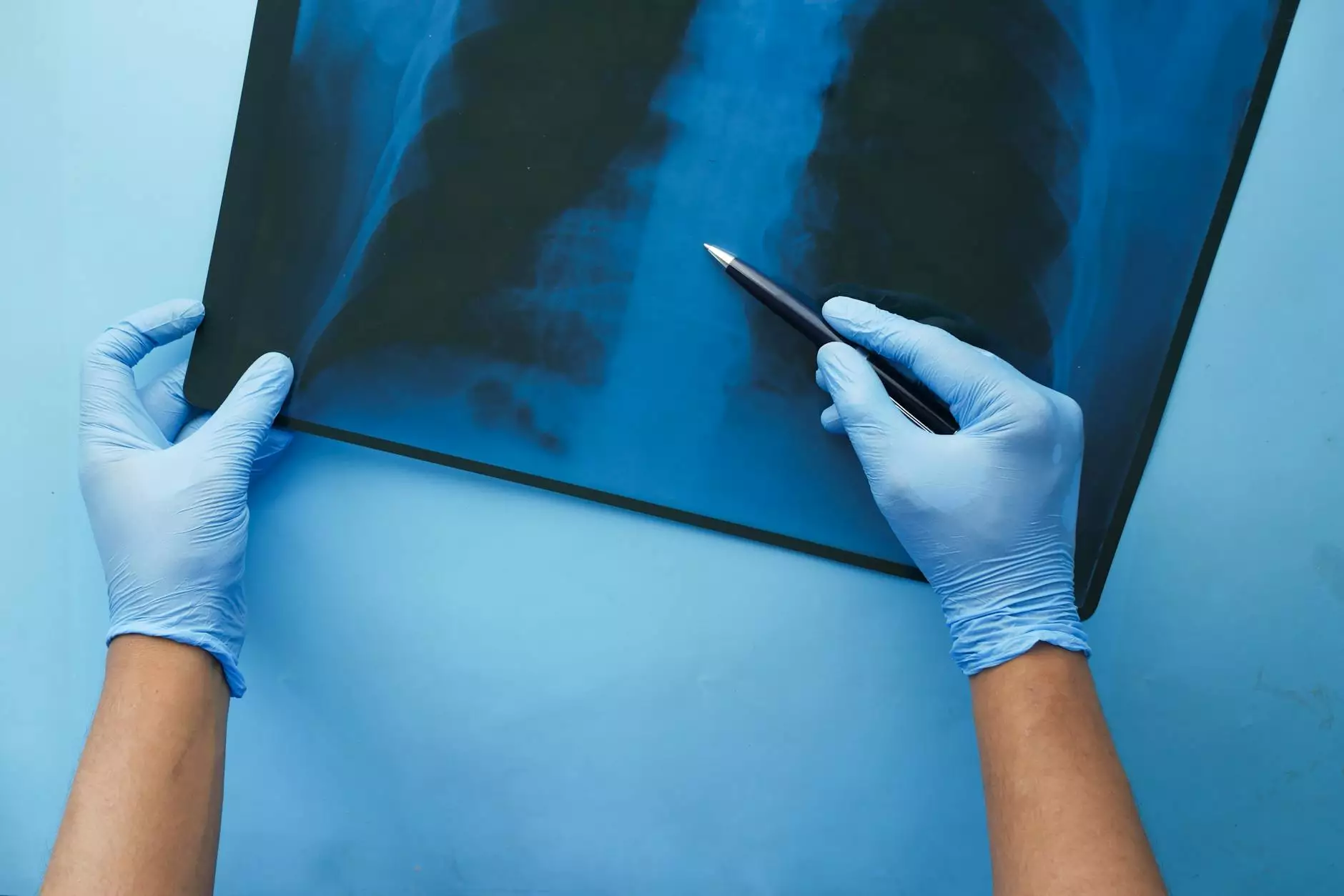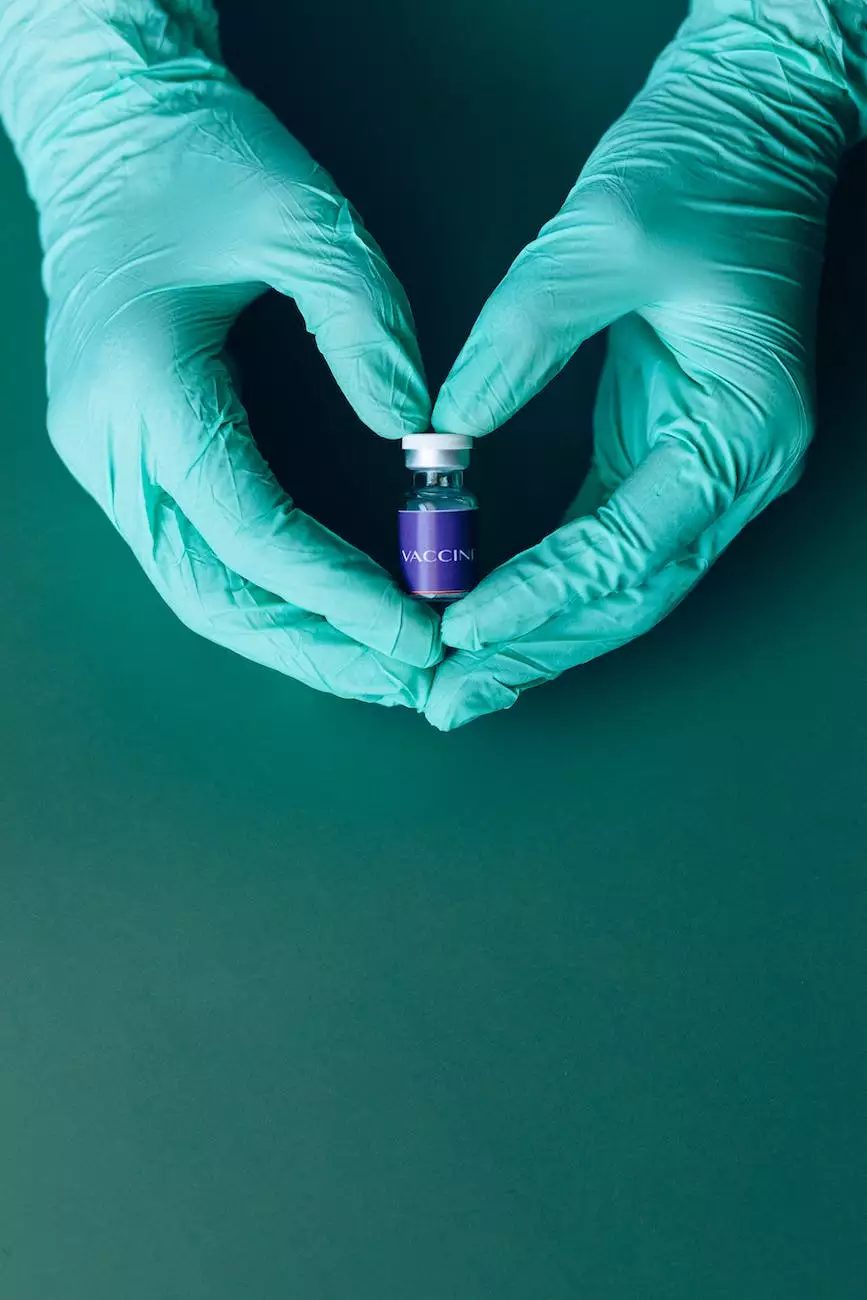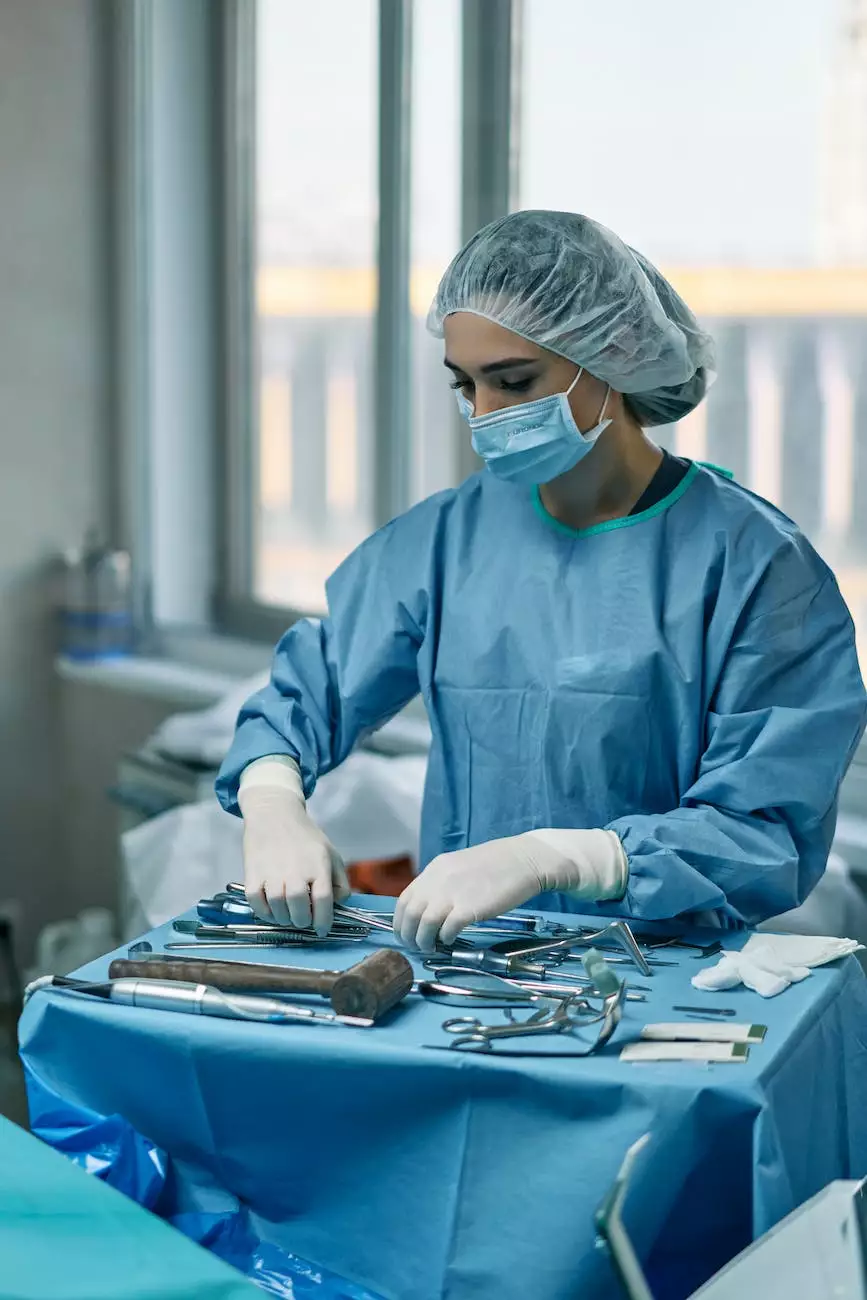Scaphoid Fracture of the Wrist
Orthopedic Surgery
Welcome to Bowling Orthopaedics, your trusted source for high-quality orthopaedic care. This page aims to provide comprehensive information about scaphoid fractures of the wrist, including their causes, symptoms, treatment options, and the recovery process.
Understanding Scaphoid Fractures
A scaphoid fracture is a common type of wrist fracture that affects the scaphoid bone, one of the small bones located in the wrist. These fractures usually occur as a result of a fall onto an outstretched hand or a direct impact to the wrist area.
Scaphoid fractures can be challenging to diagnose initially as the symptoms may be subtle, and the pain may be mistaken for a sprain. It is essential to seek immediate medical attention if you experience persistent wrist pain or any of the following symptoms:
- Swelling and tenderness around the wrist area
- Difficulty gripping or holding objects
- Pain during wrist movement
- Noticeable deformity or a bump along the thumb side of the wrist
Diagnosis and Treatment
If you suspect a scaphoid fracture, it is crucial to consult an orthopaedic specialist, like Bowling Orthopaedics, for an accurate diagnosis and appropriate treatment plan. Early detection and treatment are essential to promote proper healing and prevent long-term complications.
The diagnostic process typically involves a thorough physical examination, imaging tests such as X-rays, and, in some cases, advanced imaging techniques like an MRI or CT scan. Once the fracture is confirmed, the most suitable treatment options will be determined based on the fracture type and location.
Non-Surgical Treatment
Non-displaced or stable scaphoid fractures can often be treated without surgery. Non-surgical treatment options may include:
- Immobilization: Wearing a cast or splint to restrict wrist movement and promote healing.
- Regular Monitoring: Follow-up appointments with your orthopaedic specialist to assess the healing progress and make any necessary adjustments to the treatment plan.
Surgical Treatment
In cases of displaced or unstable scaphoid fractures, surgery may be necessary to realign and stabilize the bone. The surgical options commonly used are:
- Internal Fixation: Bone fragments are aligned and held in place using screws, pins, or wires.
- Bone Grafting: In some cases, bone grafts may be required to promote healing, especially if the fracture does not heal well on its own.
After surgery, a period of immobilization and rehabilitation will be prescribed to aid in the healing process and restore wrist functionality.
Recovery Process
The recovery period for a scaphoid fracture can vary depending on various factors, such as the severity of the fracture, the chosen treatment approach, and individual healing capabilities. It is important to follow the post-treatment instructions provided by your orthopaedic specialist to ensure optimal healing and minimize the risk of complications.
During the recovery process, you may be advised to:
- Wear a cast or splint for a specific period to protect and support the healing bone.
- Avoid activities that put excessive strain or impact on the injured wrist.
- Participate in guided rehabilitation exercises to regain strength, flexibility, and functionality.
- Attend regular follow-up appointments to monitor the healing progress and make any necessary adjustments to the treatment plan.
Choose Bowling Orthopaedics for Scaphoid Fracture Care
Bowling Orthopaedics is dedicated to providing top-notch orthopaedic care, including precise diagnosis, comprehensive treatment plans, and personalized rehabilitation programs for scaphoid fractures. Dr. Jack Bowling and his expert team have a wealth of experience in managing various orthopaedic conditions, ensuring that patients receive the best possible care.
At Bowling Orthopaedics, we understand the impact a scaphoid fracture can have on your daily life, and our goal is to help you regain optimal wrist function and get back to the activities you love. Trust us to deliver excellent care every step of the way, from diagnosis to recovery.
Contact Bowling Orthopaedics today to schedule an appointment and take the first step towards your healing journey. Our friendly staff are ready to assist you and answer any questions you may have. We look forward to helping you restore your wrist health and overall well-being.




